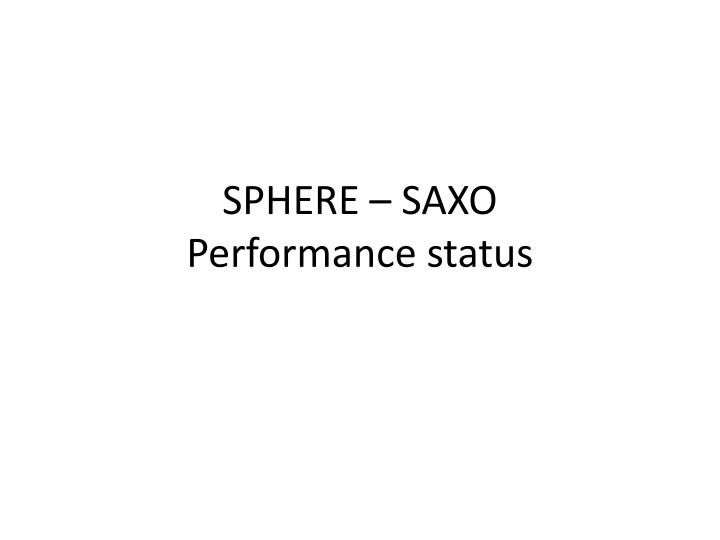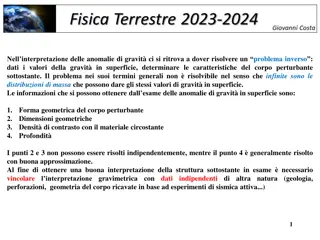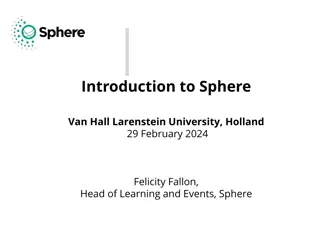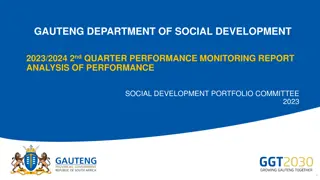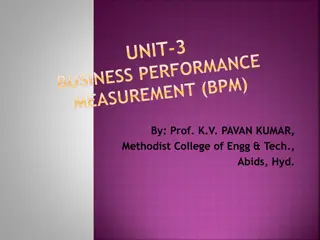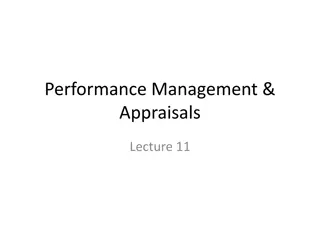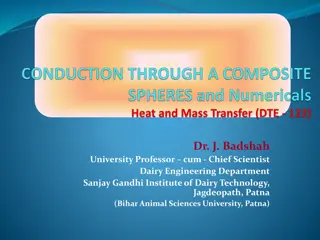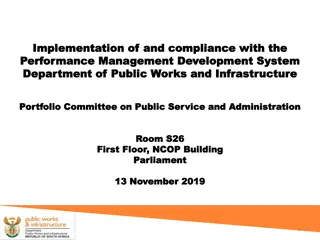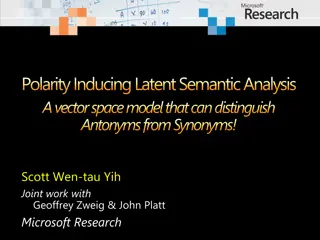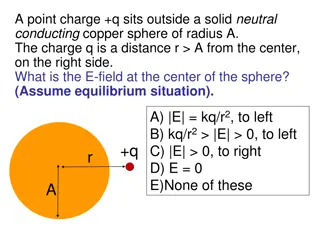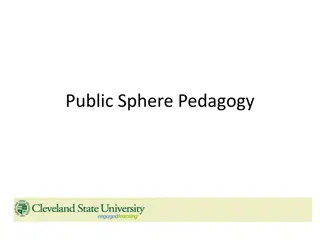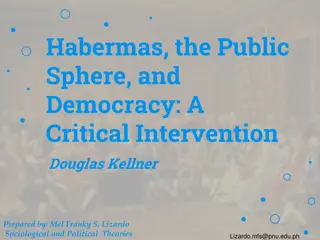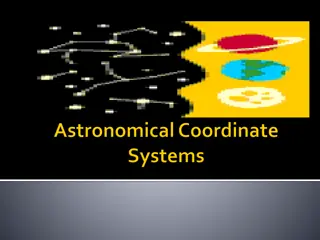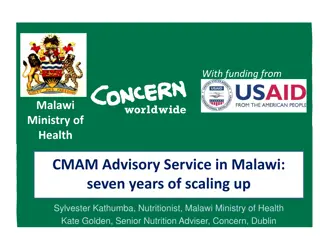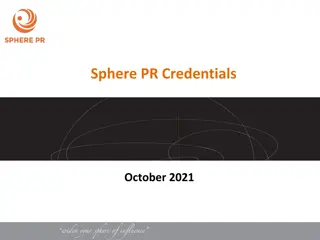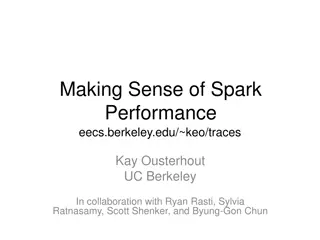Performance Analysis of SPHERE.SAXO System
SPHERE.SAXO system's performance status is detailed, including insights on residual wavefront error, spatial filtering optimization, performance vs. magnitude data, turbulence estimation, telemetry data, and main limitations. The system shows promise but faces challenges in areas such as turbulence estimation and residual speckles. Potential future improvements and methodologies for enhancing performance are outlined.
Download Presentation

Please find below an Image/Link to download the presentation.
The content on the website is provided AS IS for your information and personal use only. It may not be sold, licensed, or shared on other websites without obtaining consent from the author.If you encounter any issues during the download, it is possible that the publisher has removed the file from their server.
You are allowed to download the files provided on this website for personal or commercial use, subject to the condition that they are used lawfully. All files are the property of their respective owners.
The content on the website is provided AS IS for your information and personal use only. It may not be sold, licensed, or shared on other websites without obtaining consent from the author.
E N D
Presentation Transcript
SPHERE SAXO Performance status
Performance de SAXO : biblio SPIE 2014 AO4ELT 2015 SPIE 2016 JATIS 2016
a x a x SPHERE Internal performance NCPA status on SPHERE Residual WFE better than specification (42nm) without HO-NCPA compensation Only centering / focus optimised on corono (before each observation) Phase conjugation could improve, but dead actuators makes the process complex Residual NCPA Strehl Ratio in H 42nm RMS 97% UPDATE OF THIS PERF ? Long-term variations ? Actions to get it regularly ? ZELDA-NCPA confirmation of ~40nm RMS ? Future improvements Use of Zelda NCPA measurements Focal plane estimation with coronograph in place (COFFEE / EFC)
a x a x Spatially filtered SH Spatial filter: nominal performance Operation: Optimisation of SF with respect to turbulence strength Conservative choice for robustness reasons, Expert parameter allowing improved performances at low seeings Gain x 3 Statistic of Spatial Filter sizes ? Optimisation ? Engineering mode used or not ?
a x a x Perf vs magnitude Commissionning data Theoretical performance reached Limit magnitude 14/15 Max perf 91% SR in H Max perf up to mag 9.5
a x a x SAXO turbulence/performance estimator SPARTA provides estimation of turbulence every minut (r0, wind, SR) Measurement compared to different sources during COMs Truth sensor = Seeing in Open-Loop images SPARTA estimation validated Discrepancy wrt DIMM (as already noticed on other instruments) Atmosphere monitoring : best estimation by AO system itself
a x a x SAXO telemetry data SR SR DTTS images DTTS Flux r0
a x a x SPHERE main limitation: From AO residual to Quasi-static speckle Tcha HIP 43620 HIP 73 145 GQLupi Wind speed Limited by AO residual Limited by QS residuals
a x a x Perf vs magnitude from commissioning to operation Disentangle system calibration issues from external environment perturbations
a x a x Further understanding: ZELDA measurements ZELDA : WFS based on Zernike phase mask (M. N Diaye 2013 a&a), pupil plane observable, high spatial resolution Sharp & strong phase discontinuities around spiders Up to hundreds nm phase step Piston, Tip and Tilt on each segment Typical discontinuity size ~ Spider width => Smaller than the pitch
a x a x Physical origin of the problem: heat exchange Scenario today: temperature difference around the spider Tspider<Tair Tair T air The lower the wind speed, the more efficient the heat transfer between spider and air 1 degree difference, 1m height is enough to create 800nm OPD Temperature measurement at Paranal, UT3
a x a x Air flow simulation (M. Brinkmann, ESO) Numerical CFD simulations ANSYS Simplified 2D geometry => quick exploration of parameter space Tests with different flushing velocities / heat level Initial values for Tspider from rough estimation, to be refined by FEM simulations Velocity 0.9m/s Velocity 0.3m/s Velocity 3.0m/s Scenario confirmed ! Work in progress (heat values, 3D models, temperature probes ) Use ANSYS simulation outputs to produce LWE profile
a x a x SPHERE Low Wind Effect ongoing actions Focal-plane WFS methods Phase diversity (JF Sauvage) Pupil diversity (F. Martinache) Bench validations (MLamb, MWilby) Compensation as a NCPA Validation on SPHERE Change of the coating of spiders on VLT UT3
